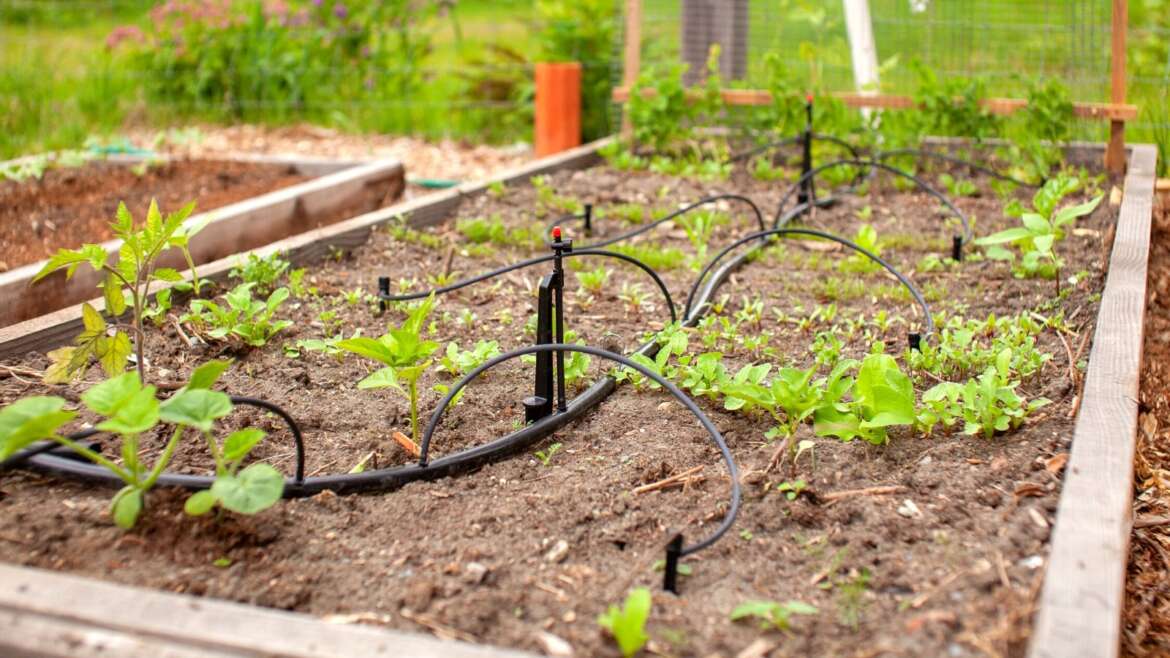If you’ve been cooped up inside your home throughout winter, waiting to get out into the garden, you’re probably full of ideas for the spring season ahead.
I often find myself looking through my windows and planning all the changes I want to make or features I want to add to scratch that gardening itch when there isn’t much going on outdoors.
Here are some exciting suggestions for those with big ideas on upgrading their gardens this year. Some are more practical, and others are based on design and aesthetics, but all are surefire ways to upgrade your garden this spring.
Install Drip Irrigation
Add a drip irrigation system for efficient watering, especially during warmer seasons.
Higher temperatures over spring and summer translate to more frequent watering. Roots absorb more moisture as they grow, and the soil dries out much quicker, meaning you’ll have to stay on top of watering to avoid stress.
Unfortunately, forgetful waterers (myself included) and busy gardeners sometimes miss watering sessions. It feels like you turn around for one second, and the leaves of your delicate herbs have already toppled over behind you.
To save yourself the worry and improve the growth of your plants simultaneously, one of the best upgrades you can make to your spring garden is installing a drip irrigation system. Drip irrigation delivers water slowly at the roots, maintaining consistent moisture while limiting waste. Your system can also have a timer to switch on and off automatically.
The easiest installation option is to buy a drip irrigation kit that comes with all the fittings you need. Simply lay the tubes, hook them up, and start watering. For larger gardens or more complex layouts, it may be better to buy the fittings and put them together yourself. It takes a bit of planning and patience, but the reward in time saved and better plants is well worth it.
Build Raised Beds
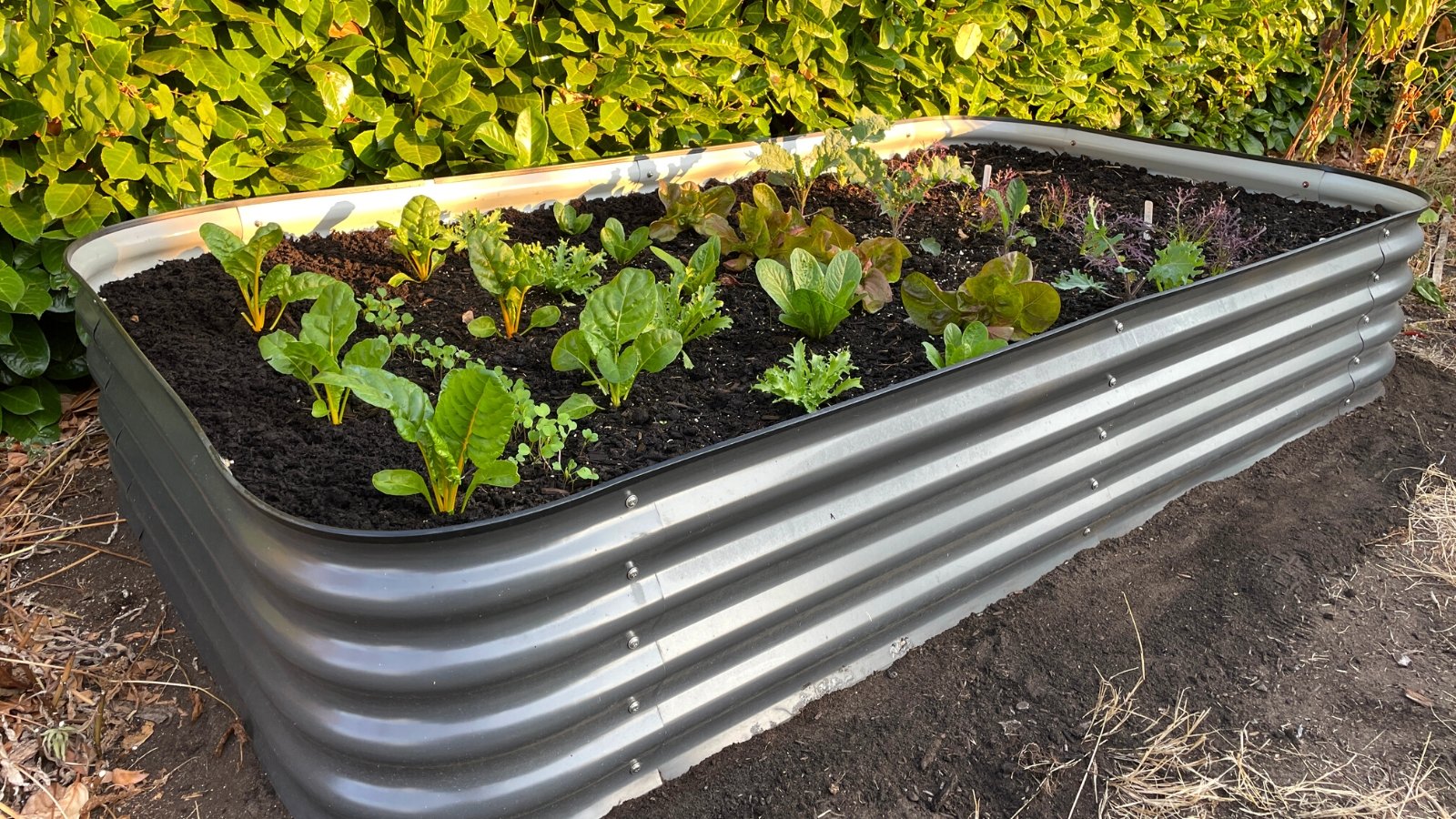 Optimize plant health and environment with the versatile raised bed.
Optimize plant health and environment with the versatile raised bed.
If you really want to take your vegetable garden to the next level, raised beds are a fantastic investment. Whether you have a small garden in a city or acres of land in the countryside, raised beds have a long list of benefits that make them must-haves in modern gardens.
In terms of plant health, raised beds give you greater control over the environment your plants are growing in, particularly regarding soil. If you have struggled with terrible soil quality in your backyard, spending years trying to boost soil health, raised beds can eliminate the problem altogether. Raised beds also allow you to regulate soil temperatures, which is ideal for those in extra-cold regions.
Plant health is probably the most important advantage of building raised beds, but there are plenty of other benefits.
For one, they make a garden look much tidier with less maintenance. You can also grow two plants next to each other that normally wouldn’t be great companions as long as they’re separated into their own beds. Moreover, for gardeners with back or knee troubles, the easy access to tall beds makes a world of difference.
You can build your own raised beds or consider ready-to-assemble Birdie’s raised beds for an easy garden upgrade. They come in a range of different sizes and colors to suit any space. Better yet, they are super easy to put together, even for those who don’t consider themselves handy.
Add A Water Feature
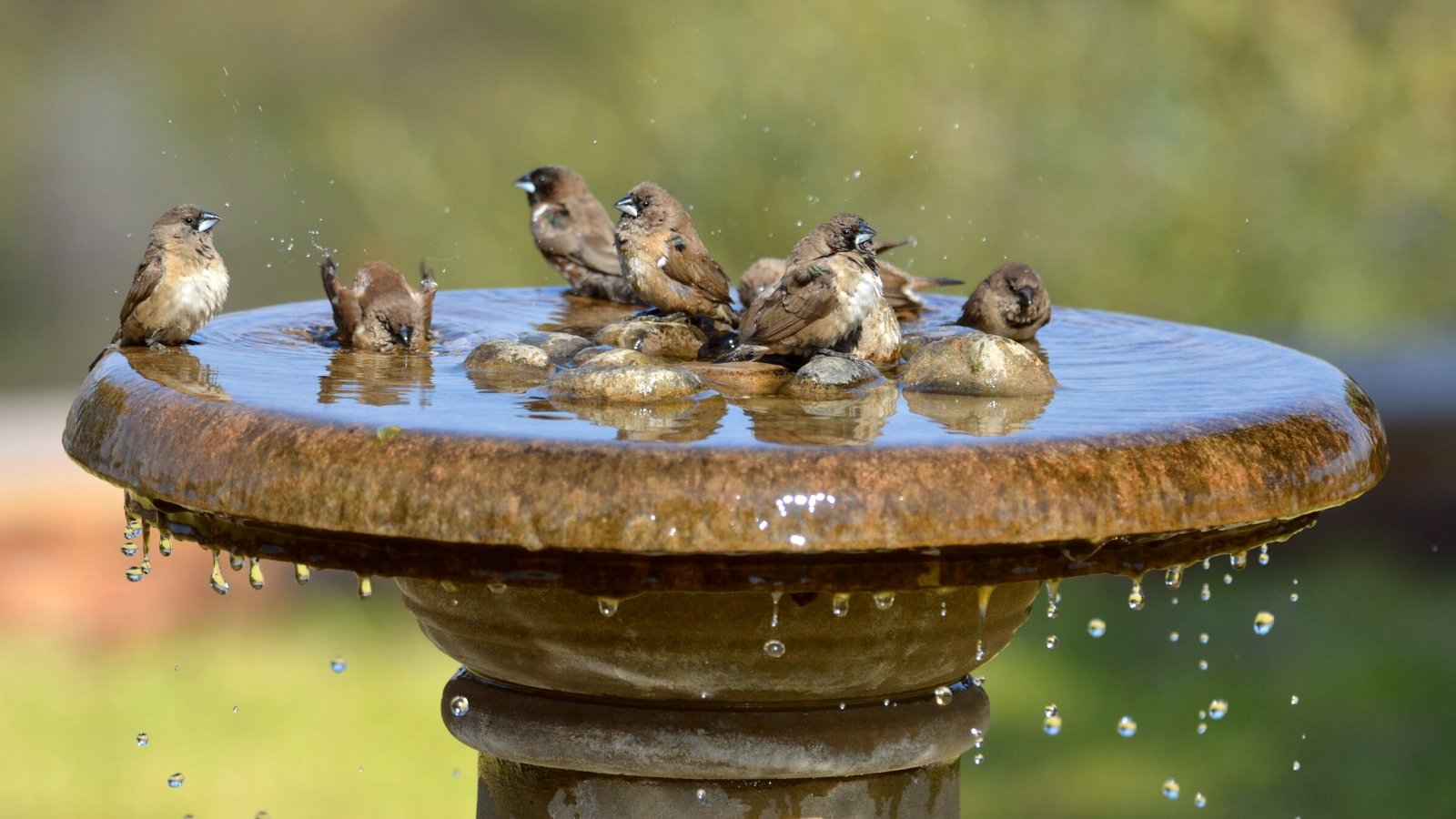 Upgrade your landscape effortlessly with water features for tranquility and wildlife.
Upgrade your landscape effortlessly with water features for tranquility and wildlife.
Water features really change something about a garden. It may be the calming sound of running water or the wildlife they bring, but there is no denying that adding a water feature is a major upgrade to spring gardens with minimal effort.
Adding a water feature may seem like an involved and complex process, and it certainly can be, but you don’t need a massive ornate water feature to upgrade your garden. A simple bird bath or basic fountain already makes a big impact and provides all the same benefits as larger features, just on a smaller scale.
With a pump and a few things from your landscape, you can also craft your own unique water feature. Recycle old containers to create a tiered fountain, or use rocks around your backyard to build a small pond. This prevents waste, saves you money, and allows you to create a feature that perfectly matches your existing garden space.
Bring Out Your Paint Brush
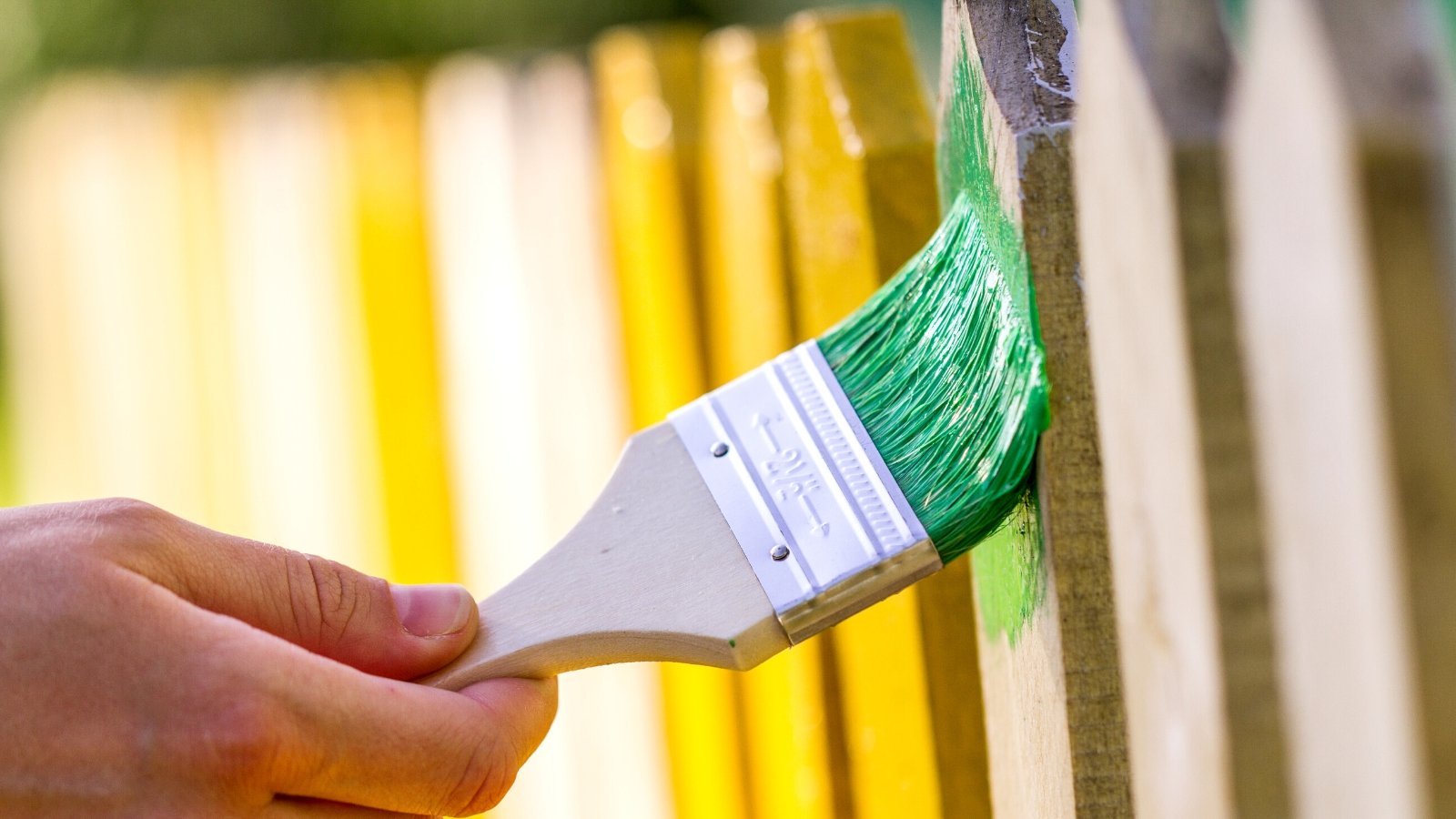 Revitalize your garden with a fresh coat of weather-resistant paint.
Revitalize your garden with a fresh coat of weather-resistant paint.
You’d be surprised how quickly a fresh coat of paint can turn a drab garden around. Whether the existing paint on fences, sheds, or walls is peeling and chipping, or you just want a color change and new design direction, paint opens a world of possibilities.
Existing painted surfaces will need a refresh every few years, potentially more often with harsh weather conditions. Use this opportunity to adjust paint colors or to paint new designs for some artistic flair. In container gardens, you can also paint your pots or raised beds, as long as you use the right paint to withstand outdoor conditions.
Preparation is key whenever you’re painting any surface. Remove old paint, sand down wooden surfaces, and apply primer for a clean coat. Wear a face mask to prevent inhalation of sawdust or paint fumes. This preparation is even more important in gardens as the paint needs to be prepped to handle both rain and shine.
Choose your paint products carefully — they should be UV and weather-resistant to improve longevity. VOC-free and food-safe paints are a great option for anyone sensitive to the chemicals in paint. You certainly don’t want any potential toxins in paint to leach into your garden soil.
Think About Lighting
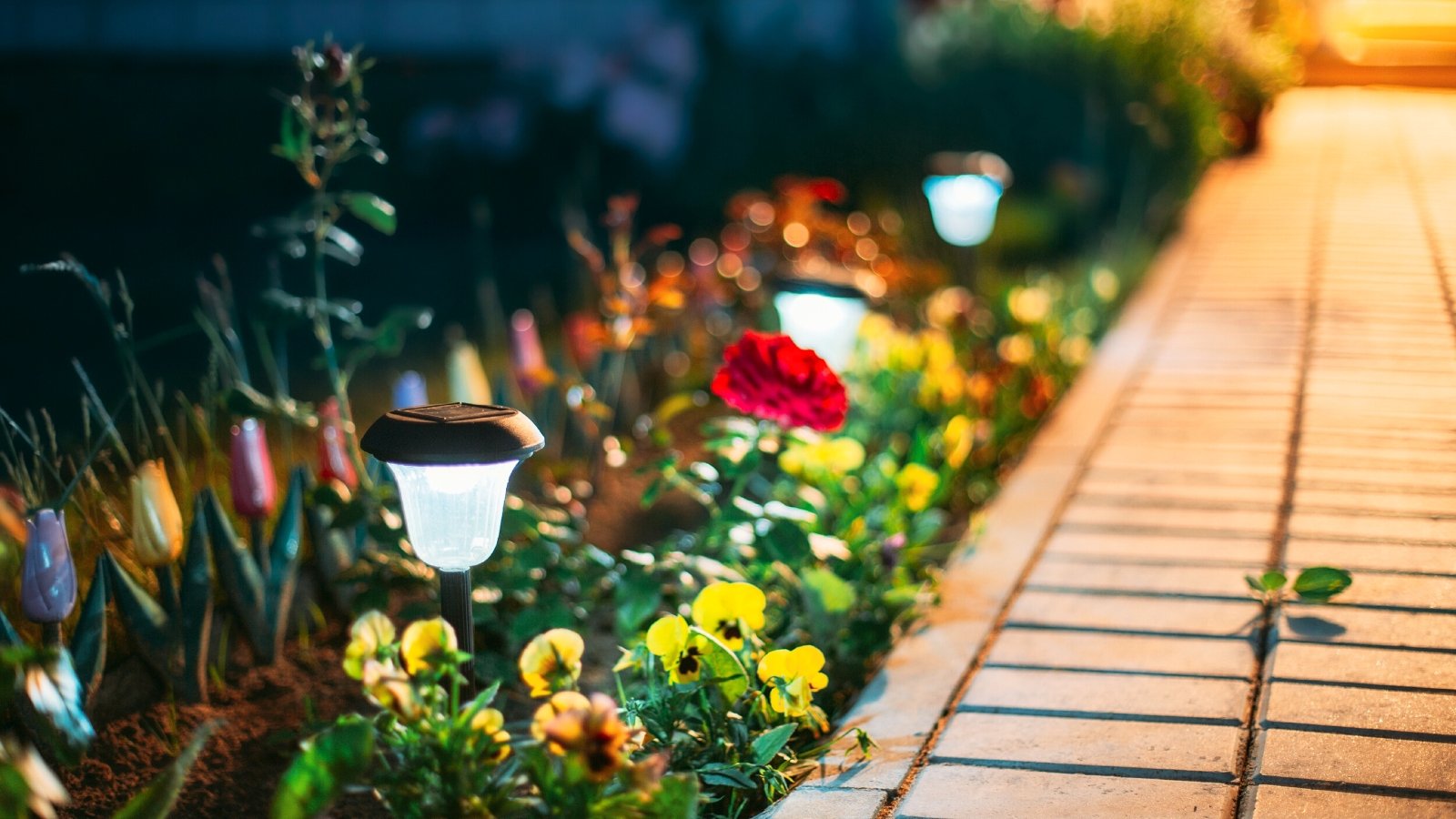 Enhance your garden with practical and decorative lighting options.
Enhance your garden with practical and decorative lighting options.
We don’t often think about garden lighting during the day, especially when the sun is shining. However, lighting is essential for gardeners whose only free time to tend to their plants is in the evenings. Lighting extends the hours we can spend doing our favorite activity and prevents any hazards after dark, like a hidden hose or unseen gnome.
Beyond the practicalities, upgrading your garden lighting is also good for overall garden design. It creates an ambiance as the sun goes down, making your garden just as enjoyable after dark as it is during the day. Strategically placed lights are ideal for highlighting your garden’s best features (like an impressive tree or newly installed water feature).
There are many lighting options to suit any garden style. String lights are a personal favorite, especially around a patio or pergola, setting the stage for al fresco dining in spring. Stake lights are great for lining pathways, improving both look and safety. For a more dramatic effect, use spotlights to illuminate trees or architectural elements, casting large shadows.
Solar-powered lights are the easiest to install. They don’t require wiring and can be moved around the garden as needed. Plus, you get to save a little on your electricity bill.
Update Your Pathways
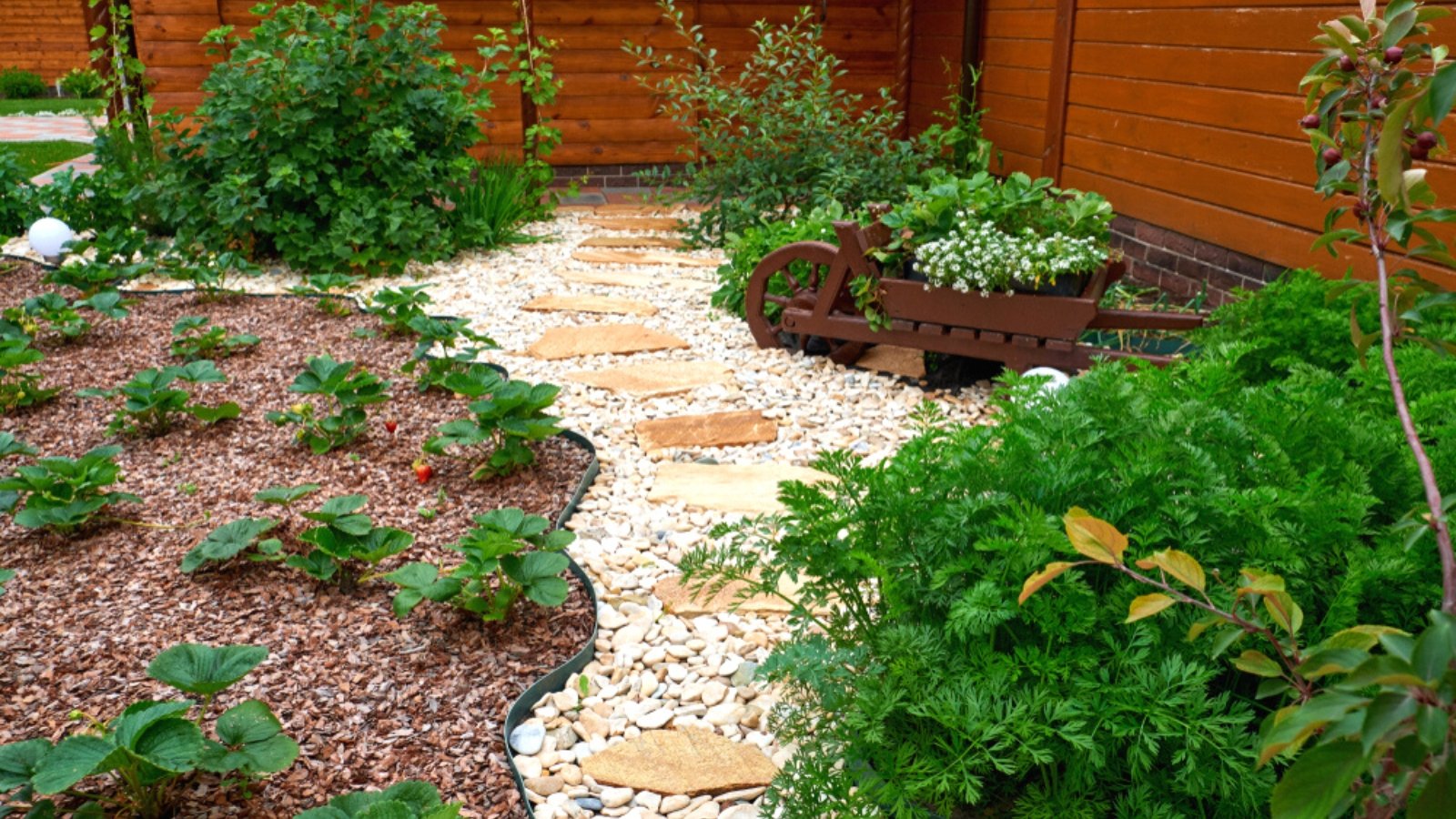 Revitalize pathways for improved garden accessibility and aesthetics this spring.
Revitalize pathways for improved garden accessibility and aesthetics this spring.
Pathways might not be the most exhilarating aspect of garden design, but their impact on your garden’s overall look and functionality is hard to argue with.
Over time, pathways can become an afterthought, overshadowed by more eye-catching elements of your garden. Wear and tear, along with accumulation of dirt and debris, diminishes their appearance and brings down the look of the rest of the garden, too.
With spring on the horizon and plenty of activity planned, refresh your pathways to ensure that all parts of your garden are accessible. This will make planting, maintenance, and daily care tasks much easier. Pathway cleaning could include clearing overgrowth and debris, repairing any damage, or even laying down new paving for a complete transformation.
Changing materials can also dramatically alter the look and feel of your garden. Rustic gravel paths look completely different when replaced by sleek concrete pavers. If your design aesthetic has changed, upgrade your pathways this spring to match.
If the layout of your garden has also evolved over time, adding new pathways is a must to improve flow and accessibility, ensuring every part of your garden is seamlessly connected.

Pressure Clean
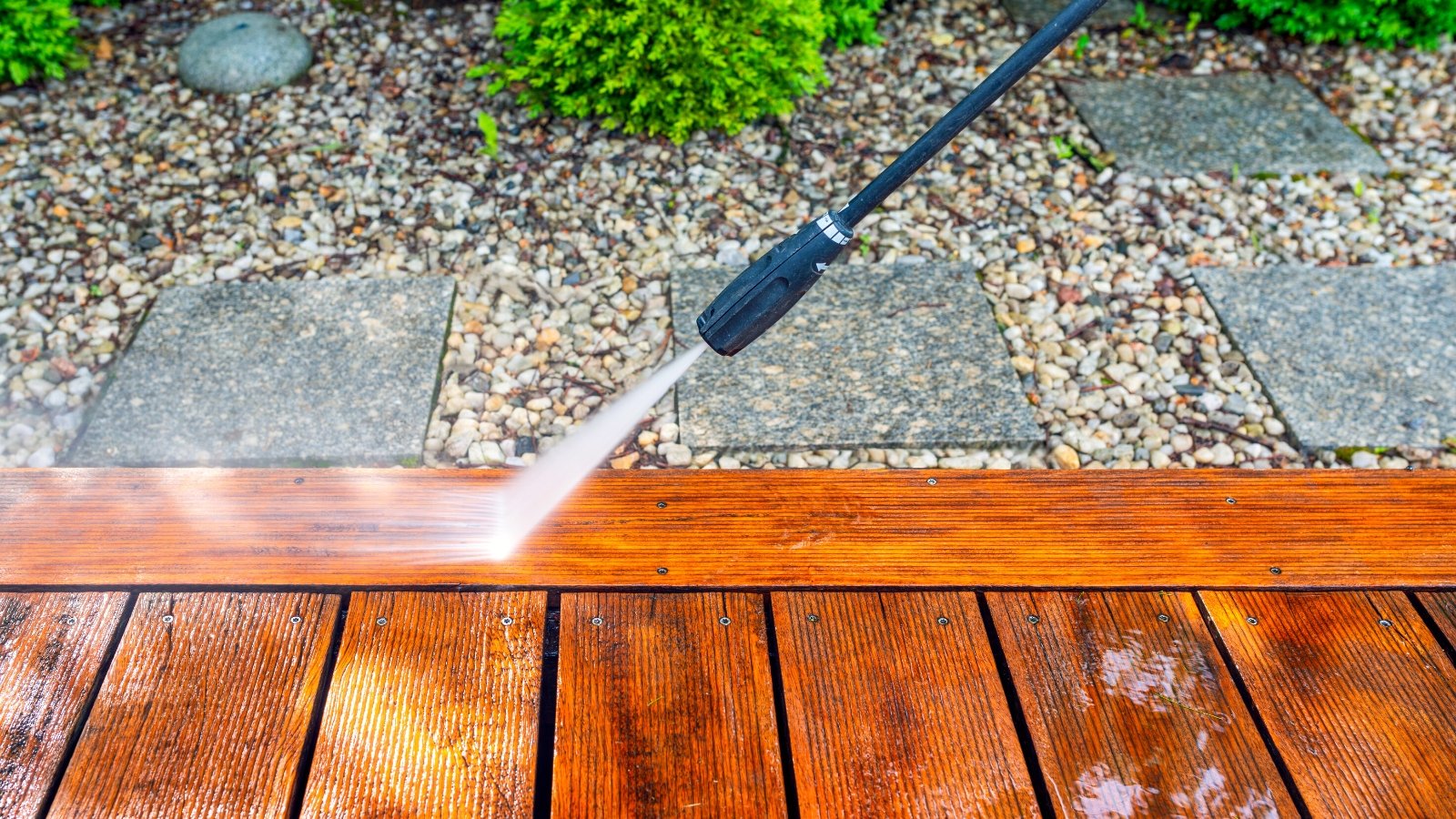 Spring cleaning with a pressure washer is efficient and satisfying.
Spring cleaning with a pressure washer is efficient and satisfying.
The spring cleaning season is upon us — something many dread (myself included). However, this refresh makes all the difference for the year ahead. Along with your regular indoor spring cleaning session, now is the ideal time to tackle those outdoor cleaning tasks you’ve been avoiding with the help of one of my favorite tools — a pressure washer.
Pressure cleaning is not only immensely satisfying but also incredibly efficient. Skip hours of tedious scrubbing with a strong jet of water, lifting dirt in an easy and fun way. Fun is not something I often associate with chores, but you’ll see why I use that descriptor when you try it for yourself.
The immediate improvement in appearance is impressive, allowing you to instantly see the benefits of your work. Pressure cleaners also help prevent the buildup of harmful molds and algae that can become a nuisance over time.
Patios, outdoor walls, pavers, and any built-in brick features are prime candidates for a hose-down. The result can be so dramatic that it often feels like you’re working with a brand-new garden. Of course, you should avoid exposing your precious plants to the intense pressure of a pressure washer.
Final Thoughts
With these upgrades, you can take your spring garden to the next level, setting the stage for a productive spring and summer season.


